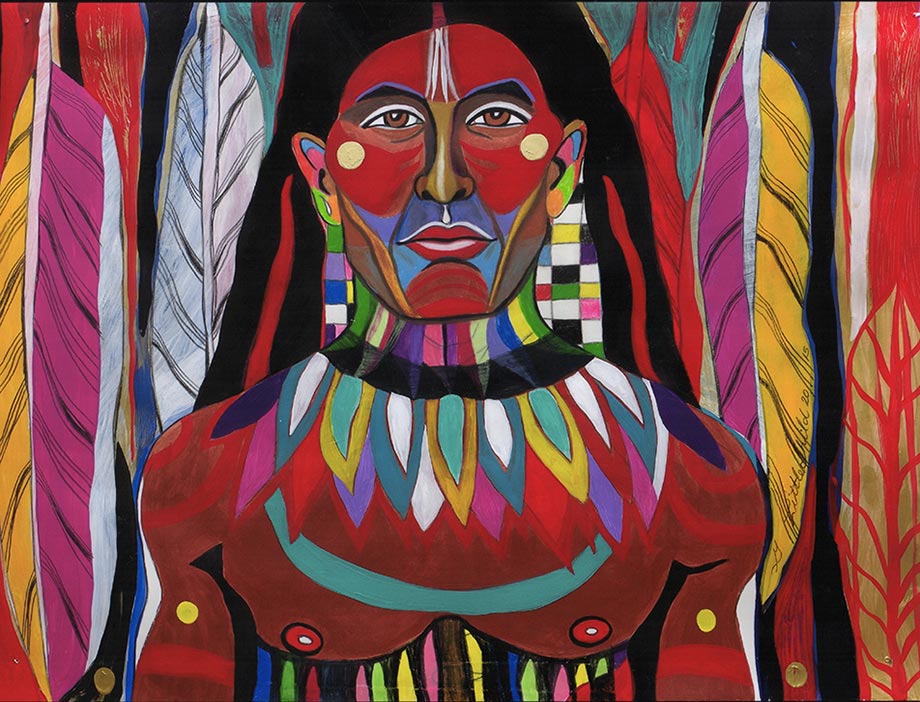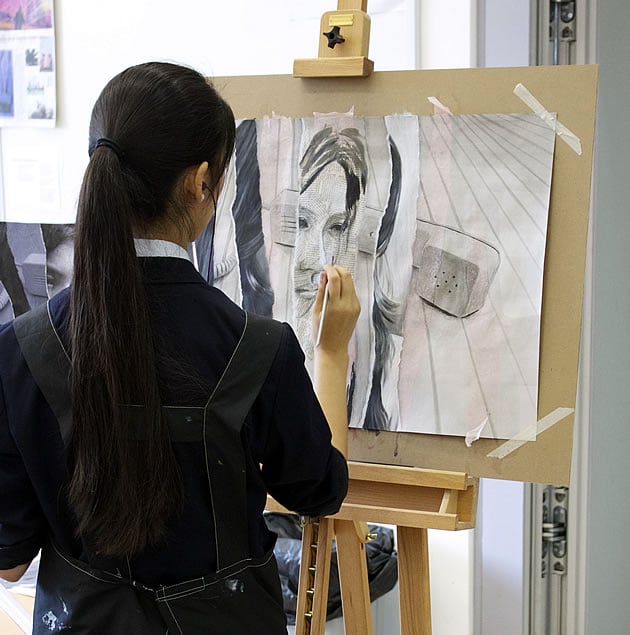For this weeks reflection post we were required to read Chapter 19 of our textbook which is titled, “Memory, History, Story,” as well as, “Breaking the Grip: Drawing beyond Anxiety and Visual Realism,” by Nadine Kalin.
Chapter 19 of our textbook was the most interesting one to me thus far and stands out to me the most. It was the lesson they talked about and shared because it talks about the Indigenous principal of learning which is how learning is embedded in memory, history, and story. The big picture of the lesson was connecting the world through art. The lesson starts off with step one which teaches the students about the story and gets them to reflect on photographs which a list of questions that is provided. After that, you introduce the project by specifically showing them indigenous art and having them reflect on more questions.

The second step has the students choose and create a list of words and symbols to use as a resource. Once they have completed that they are provided with image categories on relevant issues to residential schools in Canada to observe from. There are two more steps that follow which is the actual creation process and finalizing their composition. The end goal of this lesson was to bring awareness to your students on cultural loss. They will have revisited Canada’s historical and current issues that surround the burden of residential schools. Students will also learn about colour, imagery, symbols, mark-making and more.
The second required reading was about drawing beyond ones anxiety and the visual realism aspect. Nadine Kalin starts off by sharing a story about a 10 year-old boy who was in her class and had confronted her about how he was not able to draw and will never do it even though he did everything else that was asked from him in that art class. This is a reoccurring issue that I have came across myself working as an Educational Assistant. I have had students come up to me and ask for help drawing something and then trying to get me to finish it because they do no know how, or they are a “bad drawer.” She wrote about how this was disturbing to her since there is no such thing as a bad drawer which I agree with. She also mentioned how it is sad to think about how one even got to say that about themselves. Drawing is like everything else, you might be good at some aspects of it and you might be not so good at others which she mentions talking about in the tried and true practices.
For example, I am good at drawing outlines of figures or things with simple line work because that is something I practice and explore often. It is what I am comfortable with. On the other side, I am not very good at portraits but I also do not practice it often.

Izspa is probably best b2b spa near me that ever you visit